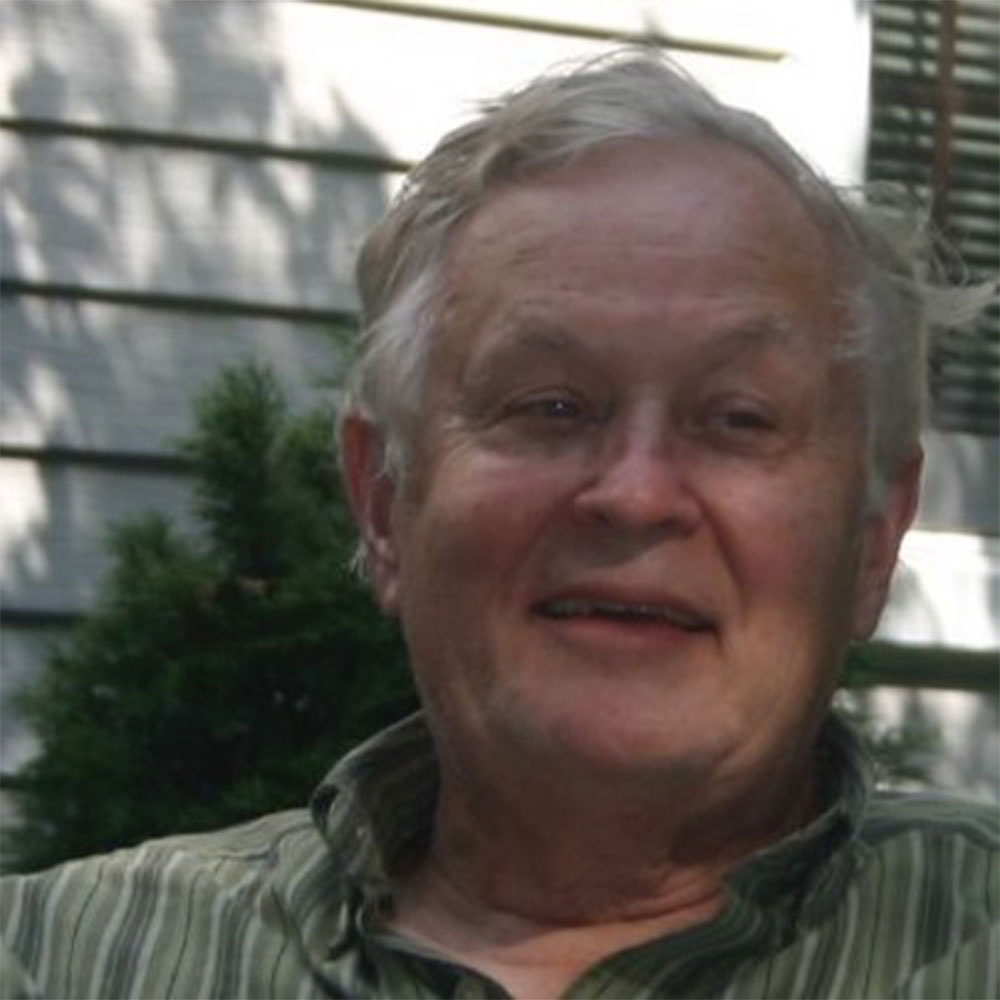
Composer
Robert J. Martin is known for music projects based on images and metaphors from the world at large. Martin's composition titles and, in the case of multi-movement works, movement titles are image-based, giving listeners a puzzle to solve or an idea to listen for. Examples of Martin's image-centered pieces include works for soloists such as Limoncello Suite for cello; My Mind's Attic for tenor pan; Hommage Á Tom et Jerry for soloist alternating between flute and piccolo (recorded by Ronda Ford Benson, available from rondaford.com); Ten Thousand Things Moving for flute; Two for One, for soloist alternating between alto and soprano saxophone; and a body of piano works, including the two works in this set: 100 Views of Mt. Fuji: 100 Pieces in One Hundred Minutes - Homage to Hokusai and stone & feather. Ensemble image-based pieces include Here There Be Dragons for brass choir; Palace of the Winds for flute choir; Embrace the Wind: A Celebration of Wind and Wind Energy, a seventy-five minute cycle for string quartet; and The Owl and the Pussycat for harp and flute.
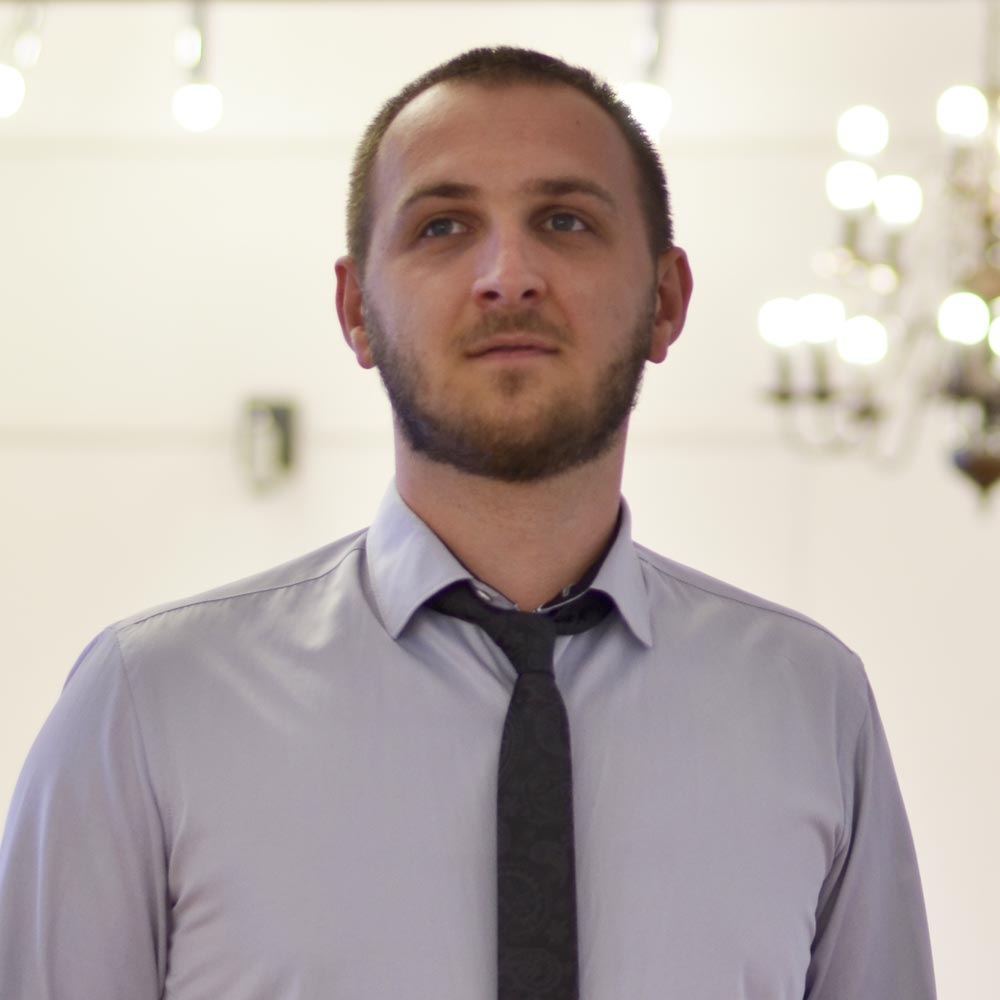
Composer
Born in Prijedor, Bosnia and Herzegovina in 1992, David Mastikosa is a younger-generation composer. Mastikosa attended the University of Banja Luka, Academy of Arts where he obtained a Bachelor's degree and a Master's degree. The same Academy elected him a Teaching Assistant in 2015, and later a Senior Teaching Assistant at the Department of Musical Theory and Composition in 2020.
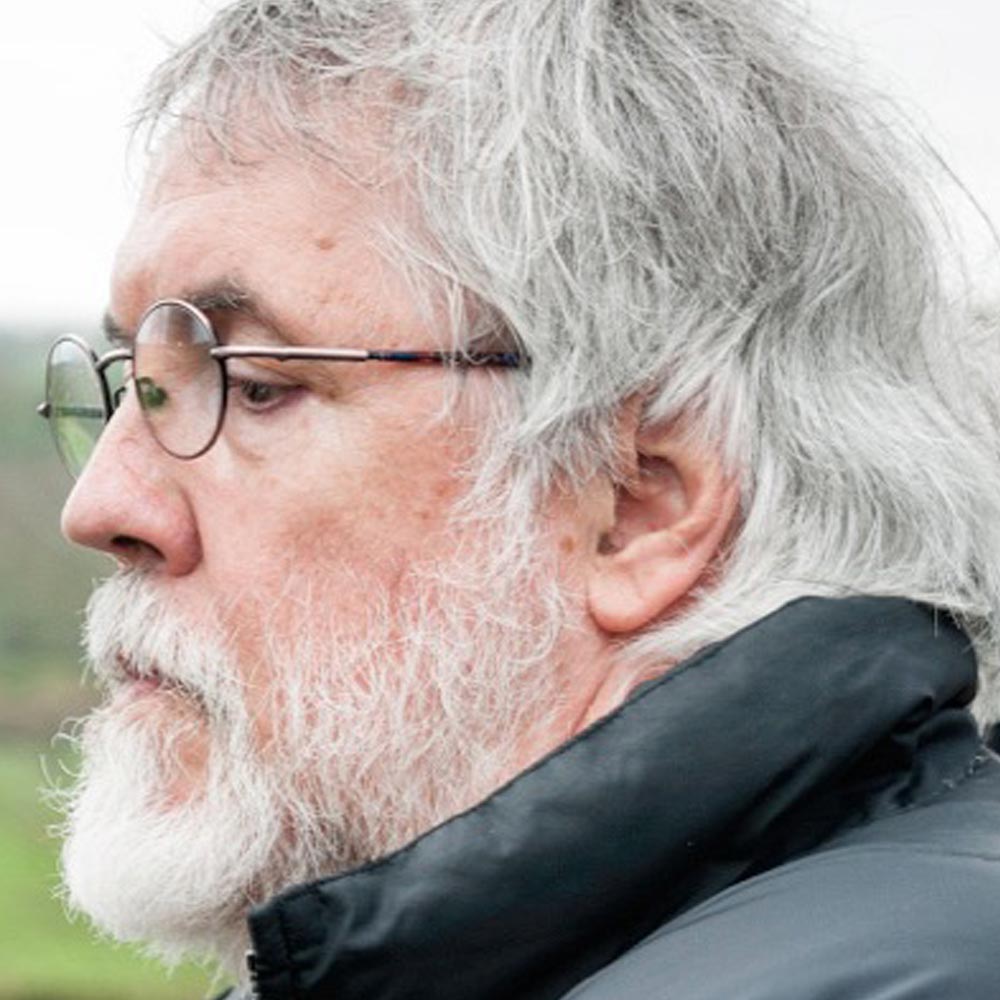
Composer
Inspired by the worlds of nature and literature, Michael Matthews creates music that compels the listener to step beyond the everyday to dwell for a while in images of paradox, to consider the ever-changing tapestry of life. Matthews has a deep love for the contemporary symphonic tradition and has established himself as a master of large-scale musical structures, motivic relationships and organic wholeness, all of which lie at the core of symphonic thought. The symphony is, for Matthews, both a vital form and a special challenge that allows for musical ideas to be carried between movements. Compositional influences include Beethoven, Mahler, Schoenberg, Shostakovich, Schnittke and, more recently, Scandinavian composers Pettersson and Aho.

Composer
Composer Andrew May is best known for chamber music that combines classical instruments with interactive computer systems. During his childhood in Chicago he studied violin, wrote chamber music for his friends, manhandled tape recorders to make odd sounds, and wrote computer software - but these were all separate activities. Then he learned about interactive computer music, and it turned out they could all work together. These days, May teaches composition and computer music at the University of North Texas, where he directs the Center for Experimental Music and Intermedia. He still plays violin, writes chamber music for his friends, and writes computer software - but now, sometimes some of the friends are the software.

Composer, Performer
Having been taught and mentored by Henry Cowell and having developed his electronic music techniques in the studios under the direction of Ianis Xenakis, Barton McLean has had a 20-year teaching career in which, as director of the electronic music/music technology programs at Indiana University-South bend and the University of Texas-Austin he pioneered the first large-scale commercially-available digital sequencer (Synthi 100) and sampler (Fairlight CMI), and with his wife Priscilla produced 14 LP recordings and ten CDs, some of which have become staples in electronic music courses. In 1983 he and Priscilla McLean left academia to develop their electroacoustic duo The McLean Mix, which has proven itself in hundreds of concerts and installations throughout the U.S., Canada, Europe, and the Pacific Rim, as a full-time career.

Composer, Performer
Priscilla McLean has had a long and illustrious career as composer and performer, first as composer of orchestral, chamber, solo and choral music, then beginning in 1974 as composer and performer of electronic and electroacoustic music, and recently as video artist as well. With husband Barton McLean she toured as The McLean Mix , from 1974 until 2010, fulltime since 1983, performing their music in yearly concert tours and giving audience interactive installations in 42 U.S. states, Canada, Europe, Australia, New Zealand, the Philippines, and Malaysian Borneo.
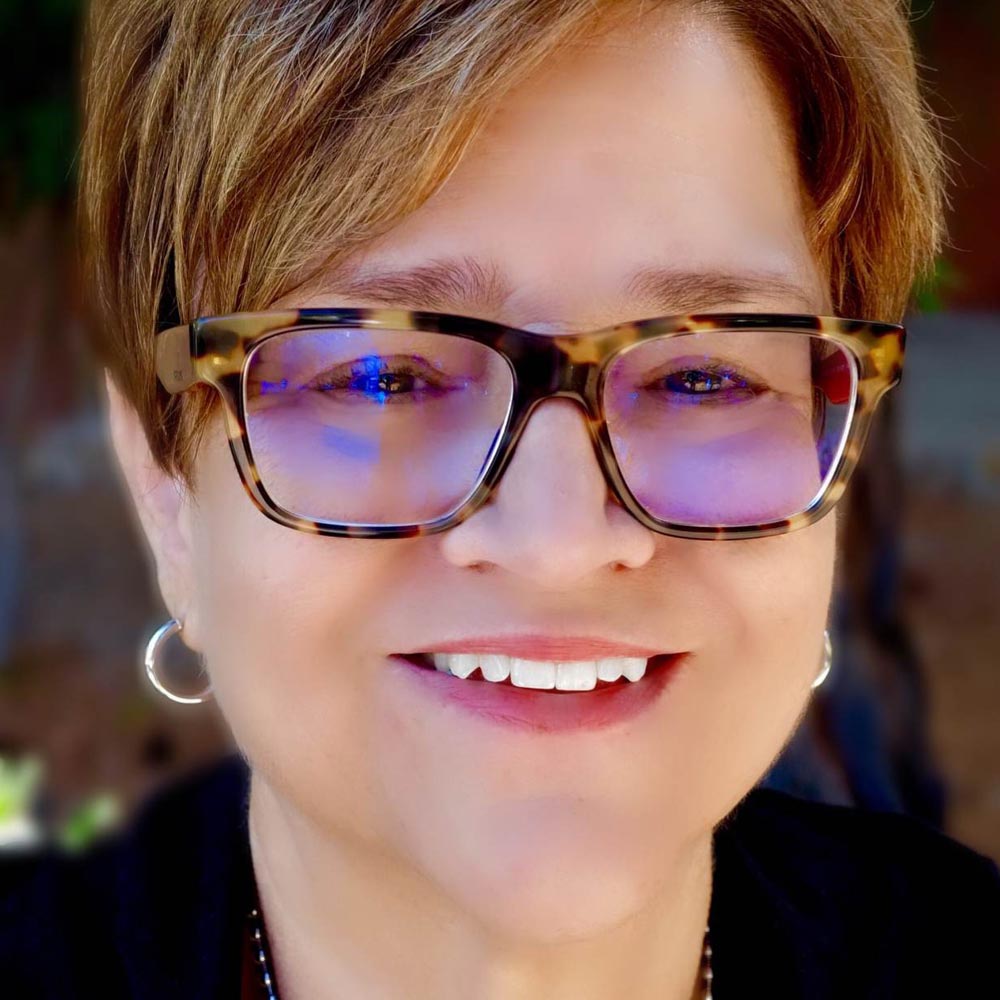
Composer
Beth Mehocic (USA), composer, poet, visual artist, filmmaker and author received her B.M. in music composition from the Dana School of Music, Youngstown State University and her M.M. and Ph.D. in music composition from Michigan State University, East Lansing. She is currently the Composer-in-Residence, Music Director and Full Professor for the Department of Dance at the University of Nevada, Las Vegas.
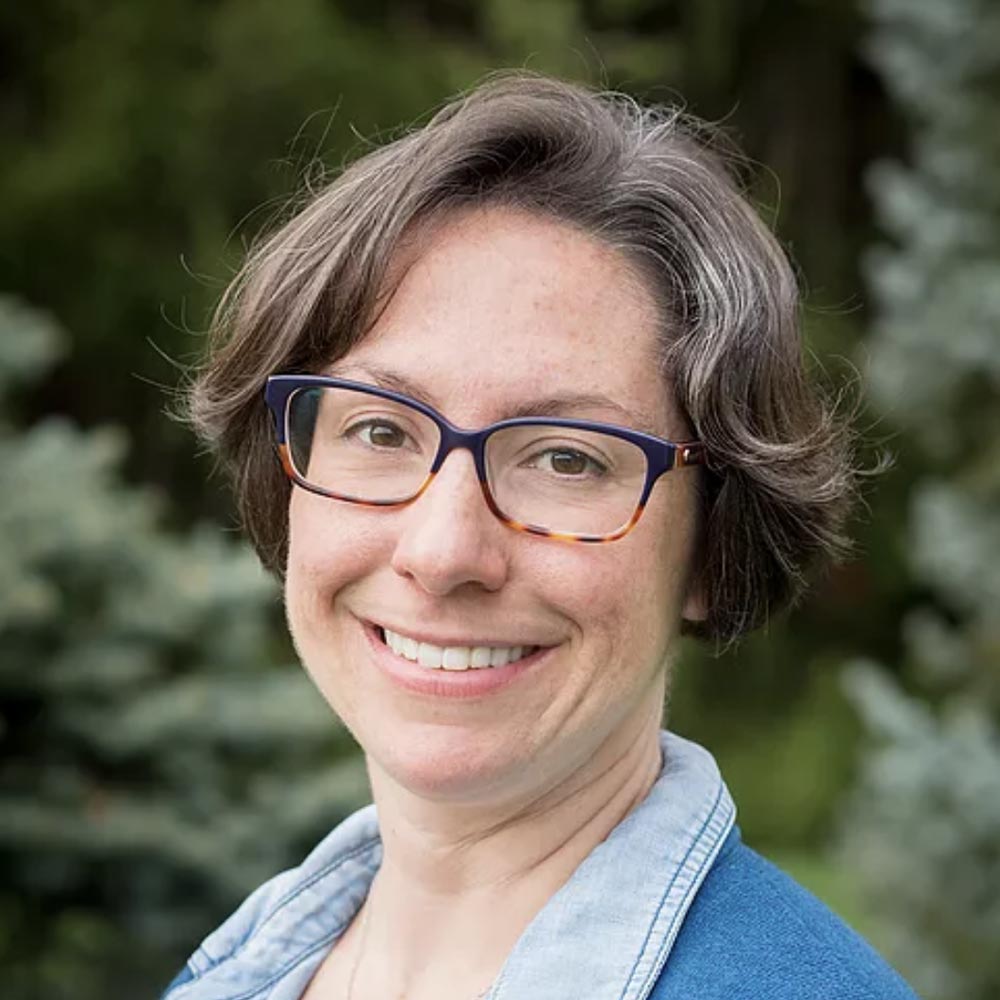
Composer
Jennifer Bernard Merkowitz (b. 1981) is a composer, pianist, and violist whose diverse inspirations have included liturgical chant, basketball games, the growth patterns of plants, and frog calls. Her music has been performed in national and international venues such as the Society of Composers, Inc. National Conference, the National Flute Association Convention, the International Computer Music Conference, and the Percussive Arts Society International Convention. Recent commissions include And The Dish Ran Away with the Spoon for percussionist Joseph Van Hassel, which has been released on Soundset Recordings; Brothers and Sisters for Otterbein University’s Concert Choir; and The Best of Both Worlds for the Ohio Music Teachers Association.
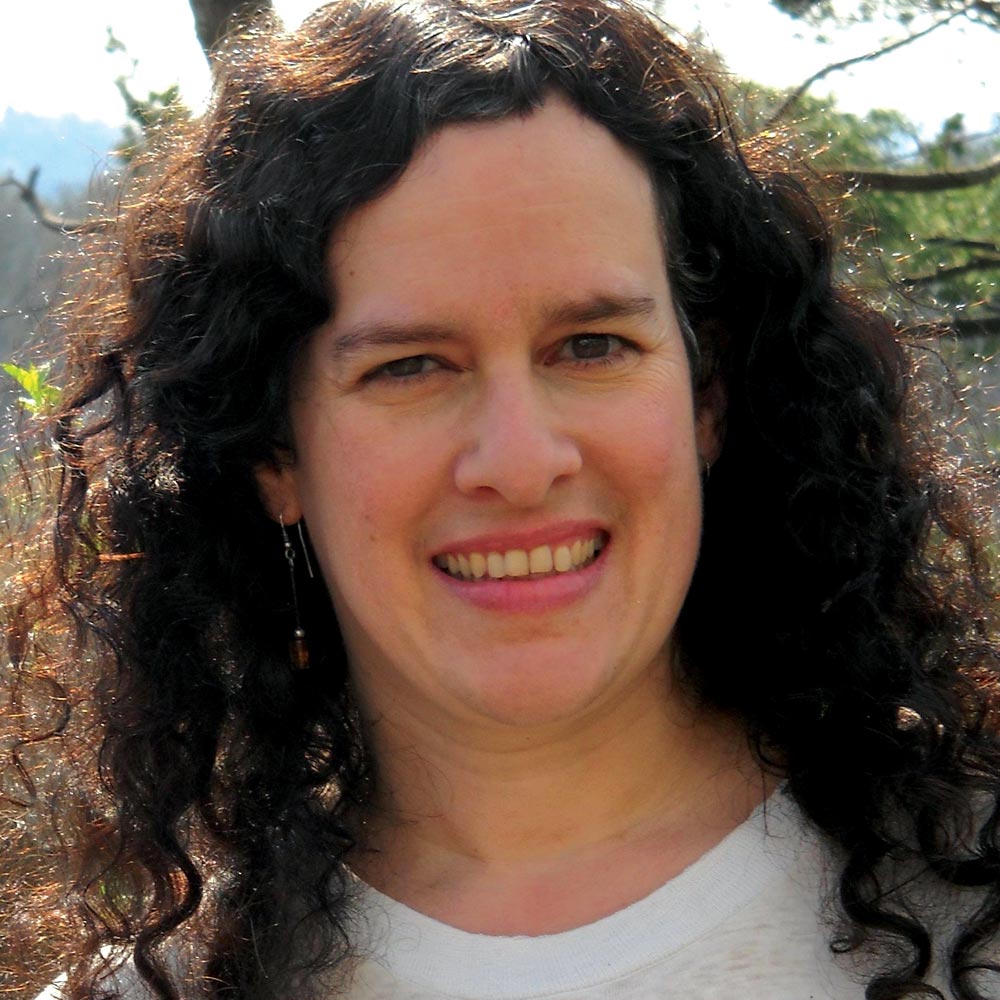
Composer, Violinist
Lisa Miles is a creative artist of 25+ years from Pittsburgh PA. Uniquely blending the arts and humanities, she composes and performs, is the author of two books and a personal and professional development consultant. She has a B.A. in English and Applied Music minor (Youngstown State). Grants have included Meet the Composer and PA Arts & Humanities Initiative; recent recognition has been inclusion in John Shelton Ivany's "Top 21" (Natl. News Bureau).
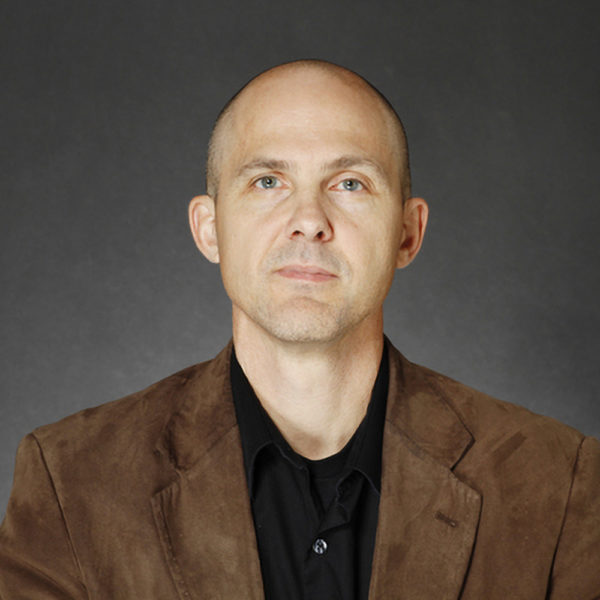
Composer
A native of Texas, Mel Mobley (b. 1966) currently resides and teaches in Monroe, Louisiana. He holds degrees from the University of Texas, University of South Florida, and University of Illinois. Active as a performer, composer, and advocate of new music, Mel has been involved in new music festivals and performances all around the country. Performed here and abroad, his works include orchestral, band, chamber, choral, and electronic music. His largest work to date, a chamber opera titled Sylvan Beach, premiered in the spring of 2010. His percussion trio with piano titled [pleez], (plez), /pliz/ was released on the 2013 Revello Records compact disc, Piano Concerti with Percussion Orchestra.
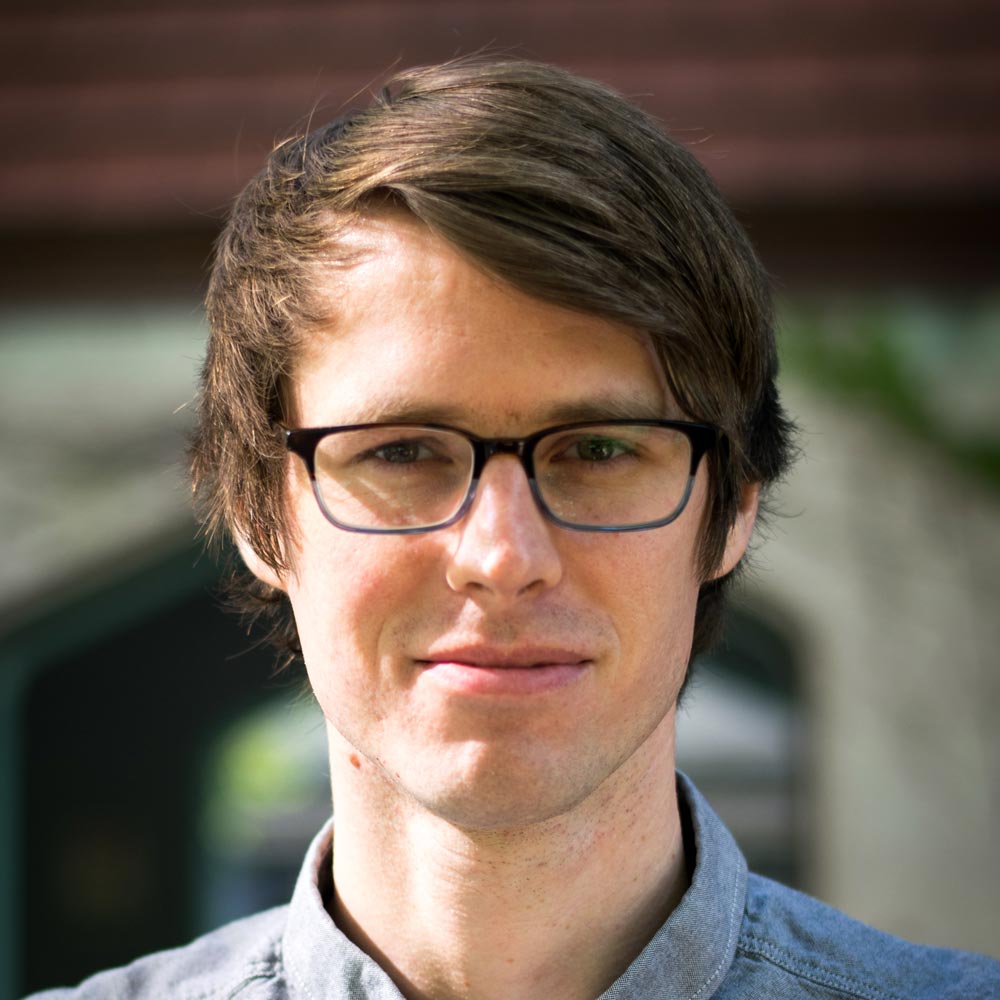
Composer
Ted Moore is a composer, sound designer, and music educator living in Minneapolis, MN. His work has been reviewed as “an impressive achievement both artistically and technically” (Jay Gabler, VitaMN), “wonderfully creepy” (Matthew Everett, TC Daily Planet), and “epic” (Rob Hubbard, Pioneer Press). Moore’s work focuses on live electronic processing with live performers using the digital signal processing programming language SuperCollider.
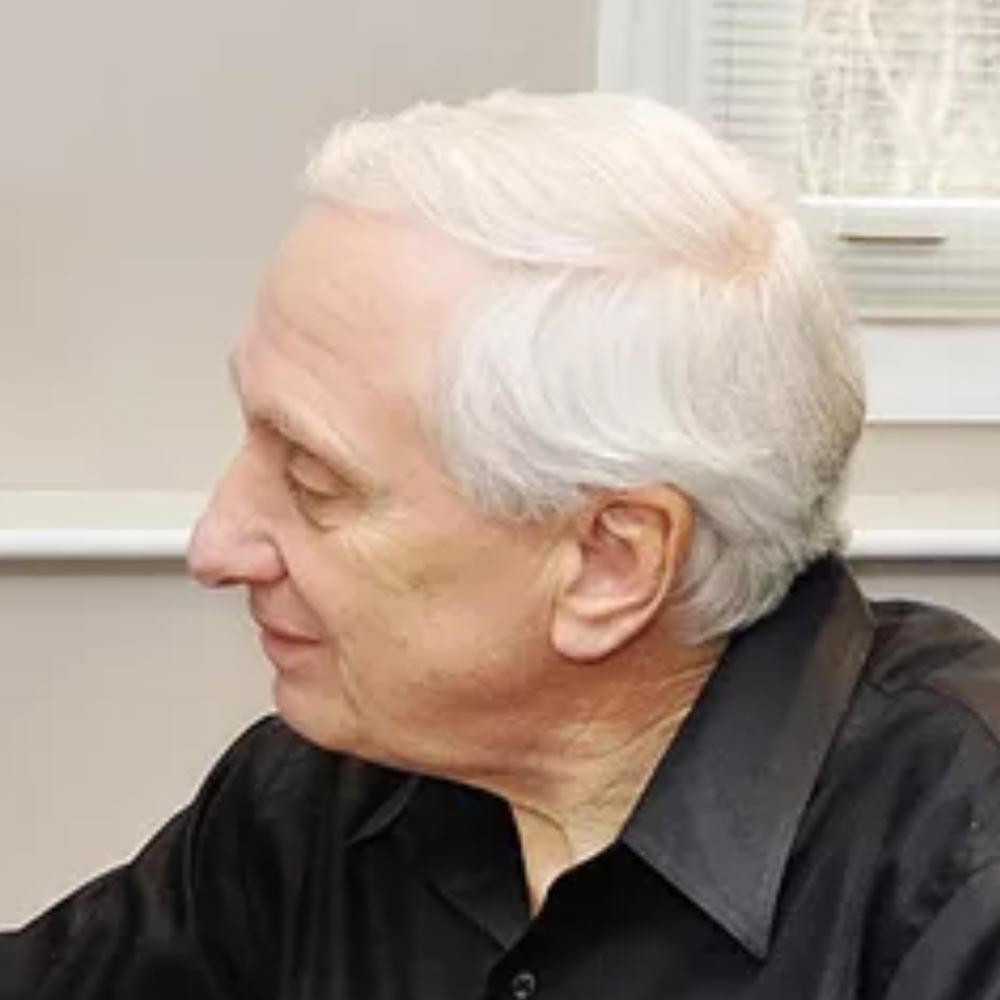
Composer
Craig Morris began his compositional studies at eleven years old. Since then he has added violin, piano and voice to his musical education and studied under Shirley Bloom, Kevin Scott and Joelle Wallach. He has been a violinist with the Bronx Symphony Orchestra for forty years and has worked professionally as a cantor. His music has been performed by the Bronx Symphony Orchestra, the CETA Orchestra of New York, the North Jersey Symphony, Fifth International Music Festival of Buenos Aires, the Orchestra Society of Philadelphia, the Chamber Music Society of Formosa, members of the Amasi Trio, the Gregg Smith Singers and the Nyack College Chorale.
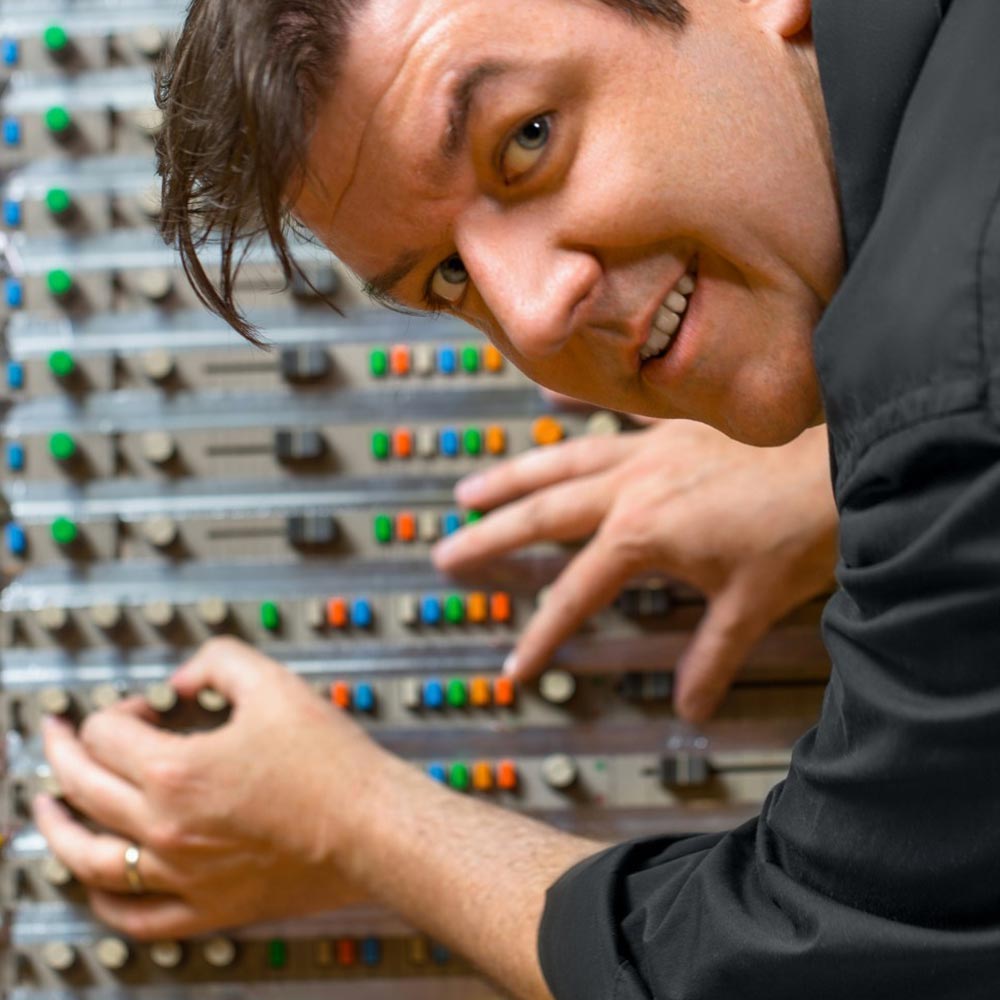
Composer
Jeff Morris creates musical experiences that engage audiences’ minds with their surroundings. His performances, installations, lectures, and writings appear in international venues known for cutting-edge arts and deep questions in the arts. He has won awards for making art emerge from unusual situations: music tailored to architecture and cityscapes, performance art for the radio, and serious concert music for toy piano, robot, Sudoku puzzles, paranormal electronic voice phenomena, and live coding using algebra and breath-controlled piano.
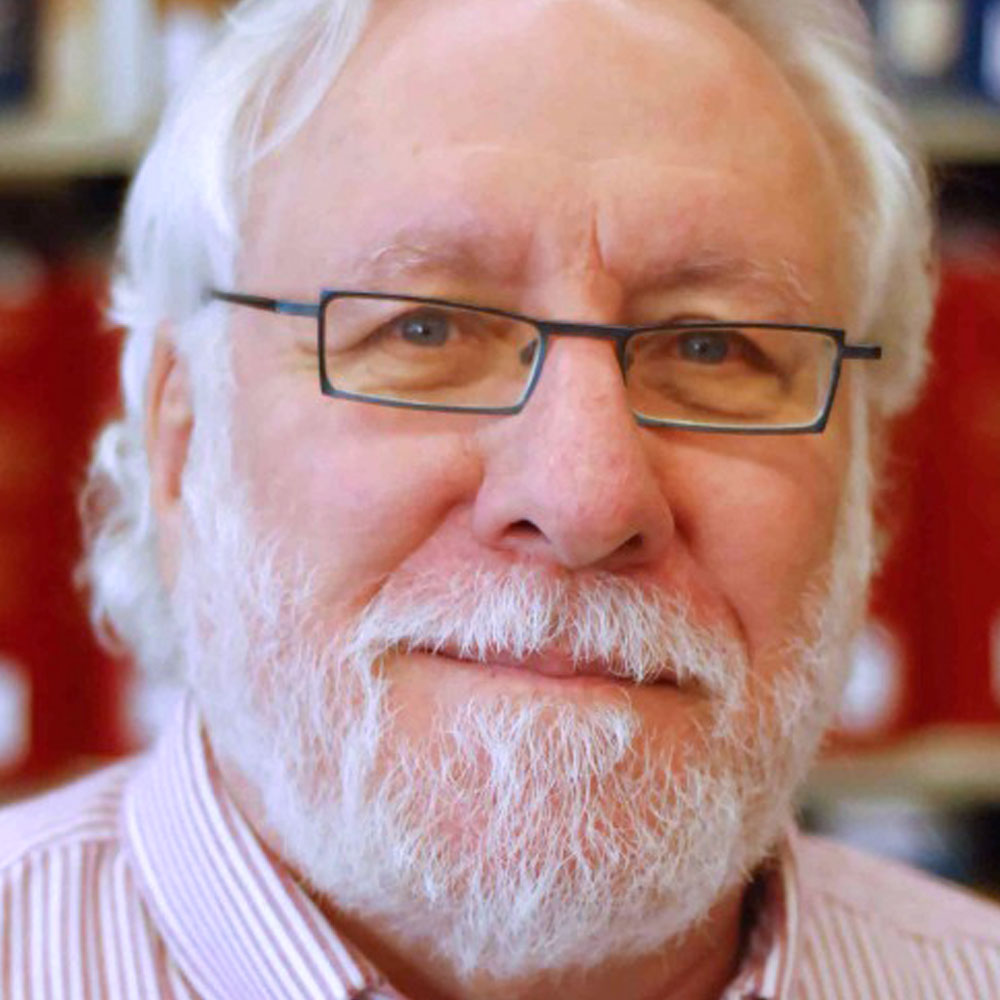
Composer
Robert Morris, born in Cheltenham, England in 1943, received his musical education at the Eastman School of Music (B.M. in composition with distinction) and the University of Michigan (M.M. and D.M.A. in composition and ethnomusicology), where he studied composition with John La Montaigne, Leslie Bassett, Ross Lee Finney, and Eugene Kurtz. In 1966 at Tanglewood, as a Margret Lee Crofts Fellow, he worked with Gunther Schuller.
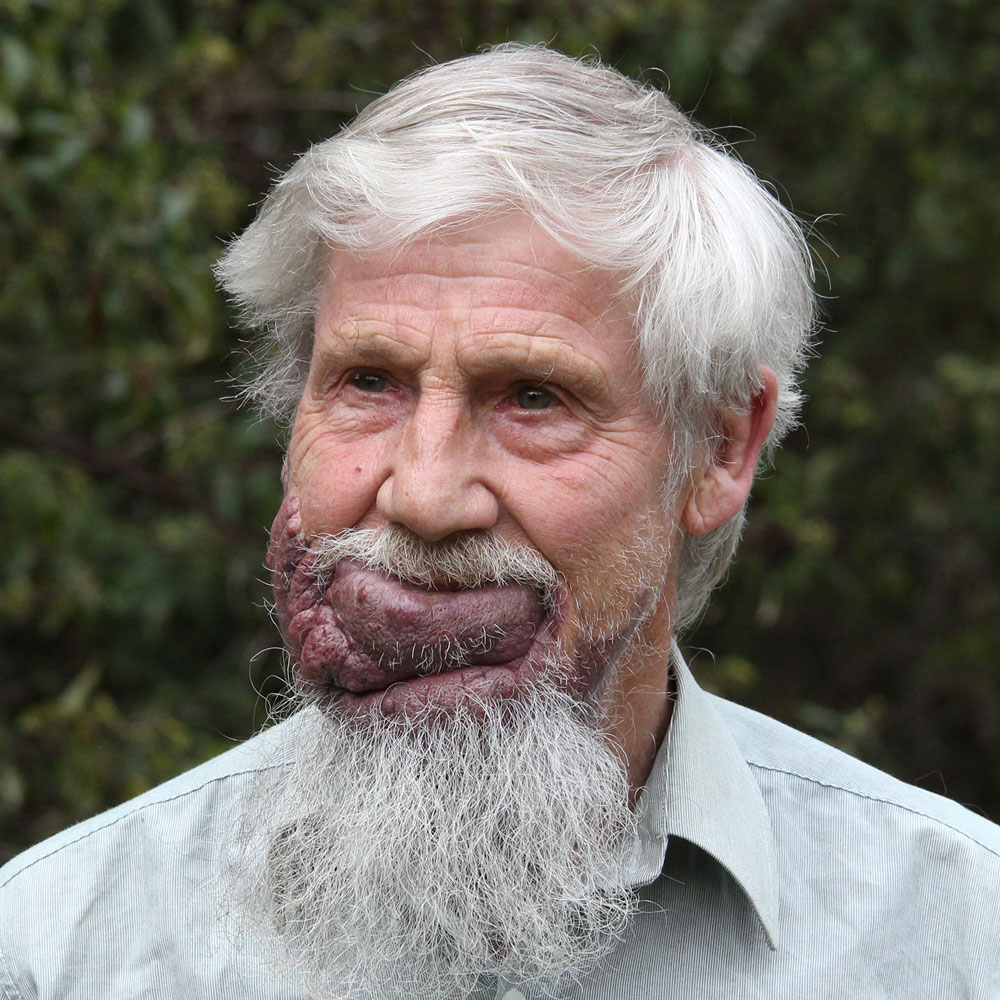
Composer
Ron Nagorcka (born 1948) composes in his hand-built solar-powered studio in a remote forest in Tasmania (the island state off Australia’s south coast) where the natural world provides him with much of his inspiration. He has been exploring both music and nature since his childhood on an Australian sheep farm and studied music – including pipe organ, harpsichord, and composition – at the University of Melbourne and the University of California, San Diego. In the 1970s he was a prominent and influential figure in Melbourne as an innovative composer, teacher, keyboard performer and improviser with electronics.
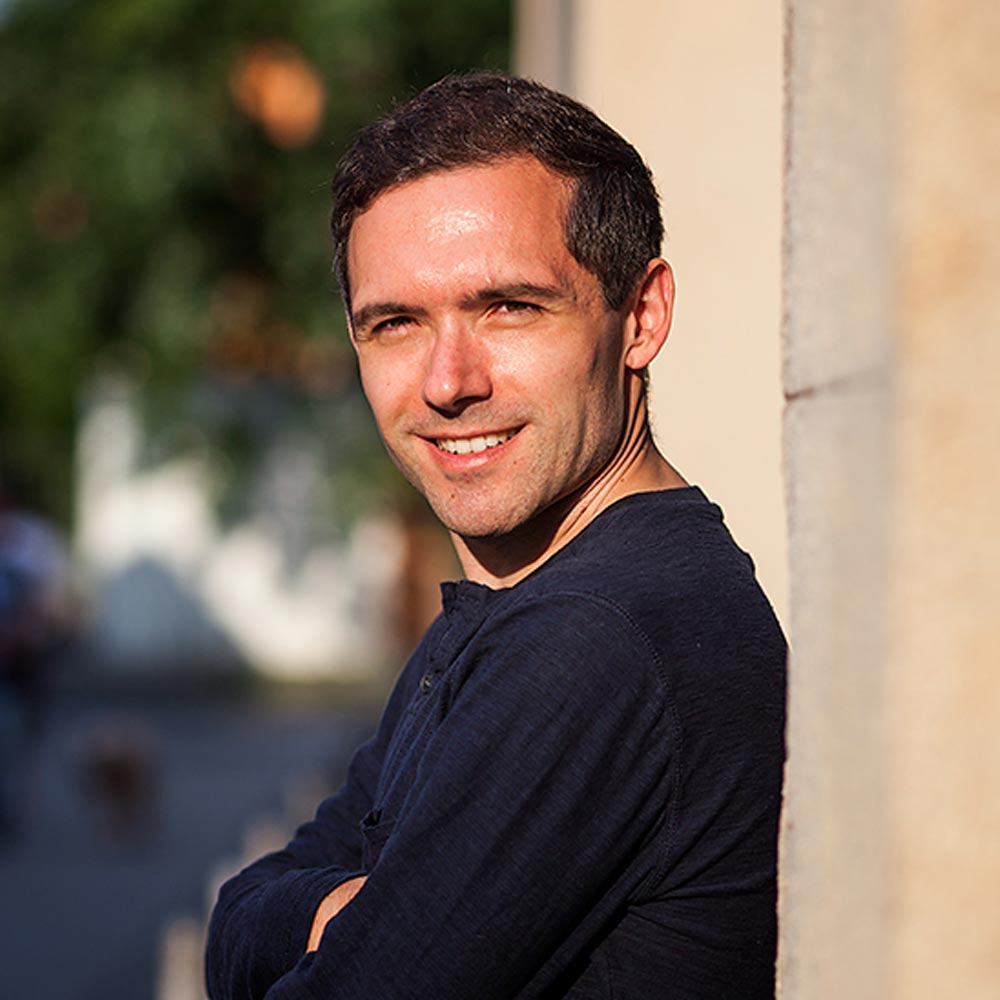
Composer
Zvonimir Nagy is a Croatian-born, American composer, performer, and music scholar based in Pittsburgh, Pennsylvania. He earned a Doctor of Music degree in composition from Northwestern University, and also studied music at Texas Christian University and at the Academy of Music in Zagreb, Croatia. He studied composition with Jay Alan Yim, Augusta Read Thomas, Tristan Murail, and Marko Ruždjak, and organ with H. Joseph Butler. His creative and research work extends into interdisciplinary contexts and perspectives on music and embodiment, forging connections between psychology, philosophy, spirituality, and the arts. As organist, he has received the second prize in César Franck/Olivier Messiaen International Organ Comptition in Haarlem, the Netherlands.
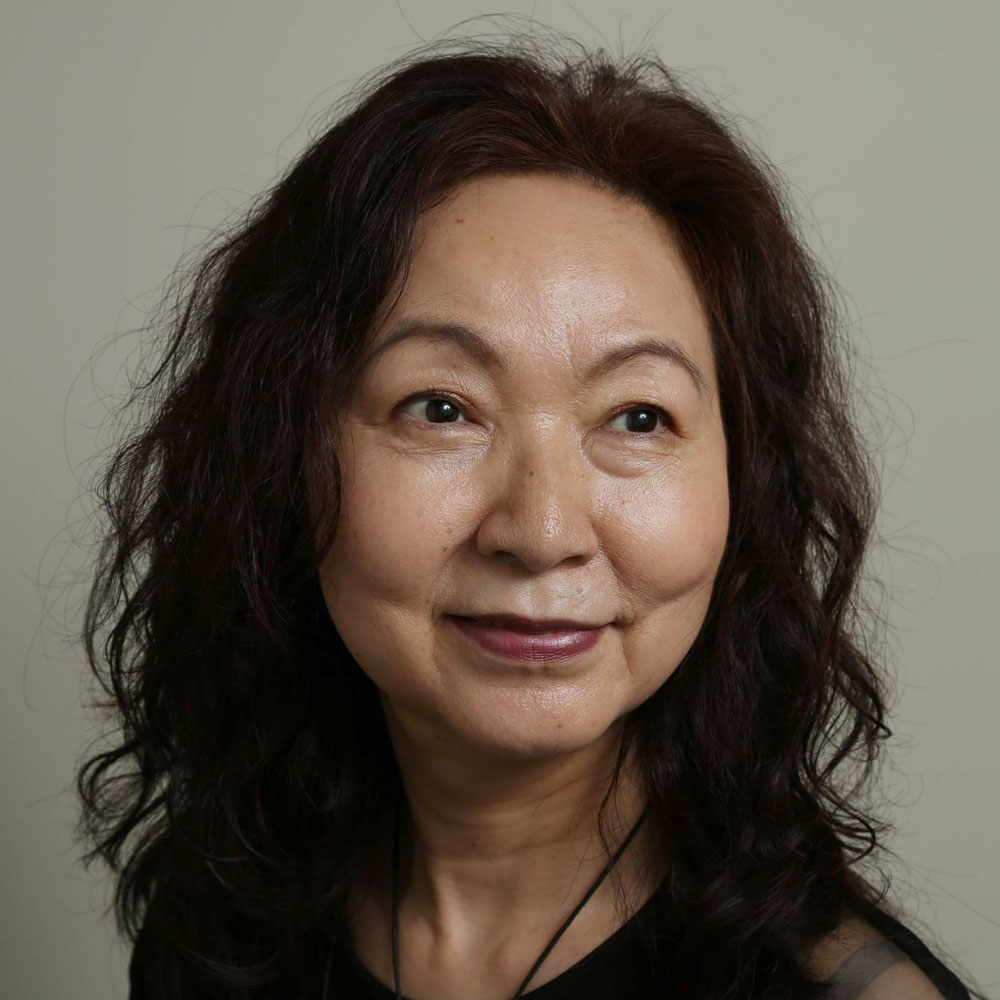
Composer
Akemi Naito is a composer based in New York City. Born in Tokyo, she studied composition at the University Division of the Toho Gakuen School of Music and was a member of the school’s faculty from 1980 to 1991. Following her earlier activity as a composer in Tokyo, she received a grant from the Asian Cultural Council that enabled her to move to New York City in 1991.
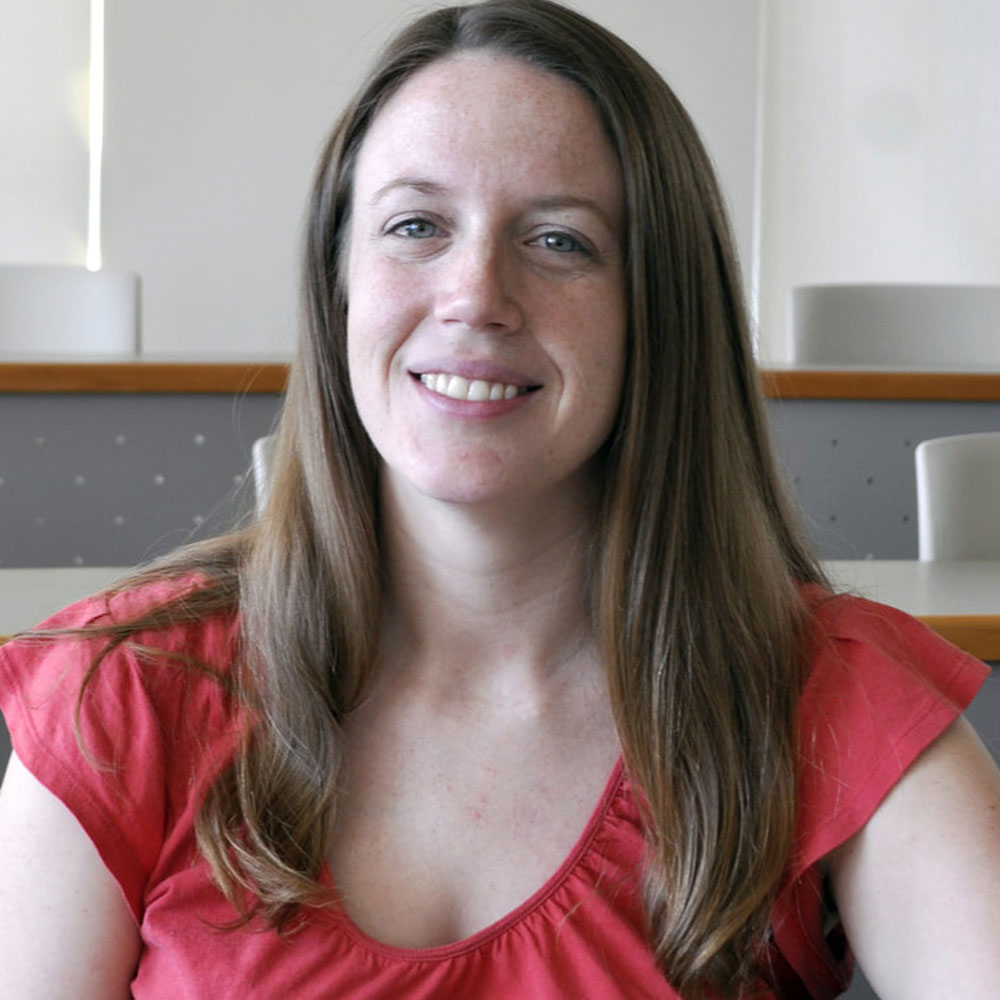
Composer
Composer Anne Neikirk is drawn to creative processes that involve interdisciplinary work. Her background in vocal music instilled a particular interest in the relationship between music and the written word. Past awards and grants include the Presser Music Award, an American Composers Forum Subito Grant, and inclusion in the Society of Composers CD Series. Neikirk has presented her work at conferences including those of the Society of Composers, the College Music Society, the Society of Electroacoustic Music in the United States, and the American Harp Society, among others. Her music is distributed by ADJective New Music, LLC.
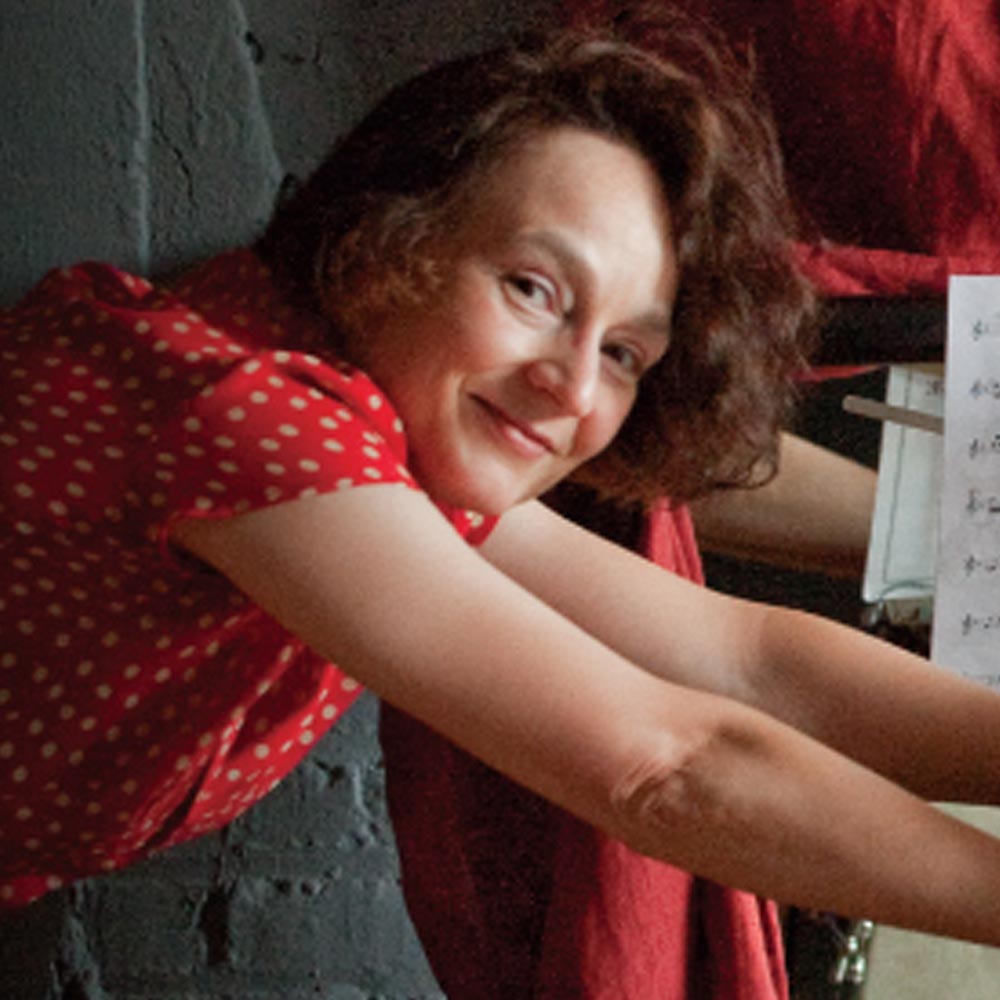
Composer
Composer/pianist Ketty Nez joined the Boston University School of Music in 2005. Her ethnographic chamber opera, The Fiddler and the Old Woman of Rumelia, was premiered in 2011 by Xanthos Ensemble, and staged by Juventas Ensemble in 2012. Her portrait CD with Albany, Listen to a Wonder Never Heard Before!, was released in 2010. Ketty's first opera, An Opera in Devolution: Drama in 540 Seconds, was premiered at the A*Devantgarde Festival in Munich in 2003. A visiting composer/scholar at Stanford Universityís Center for Computer Research in Music and Acoustics (CCRMA) in 2001, Ketty studied at IRCAM in 1998-9, after working for two years with Louis Andriessen in Amsterdam.
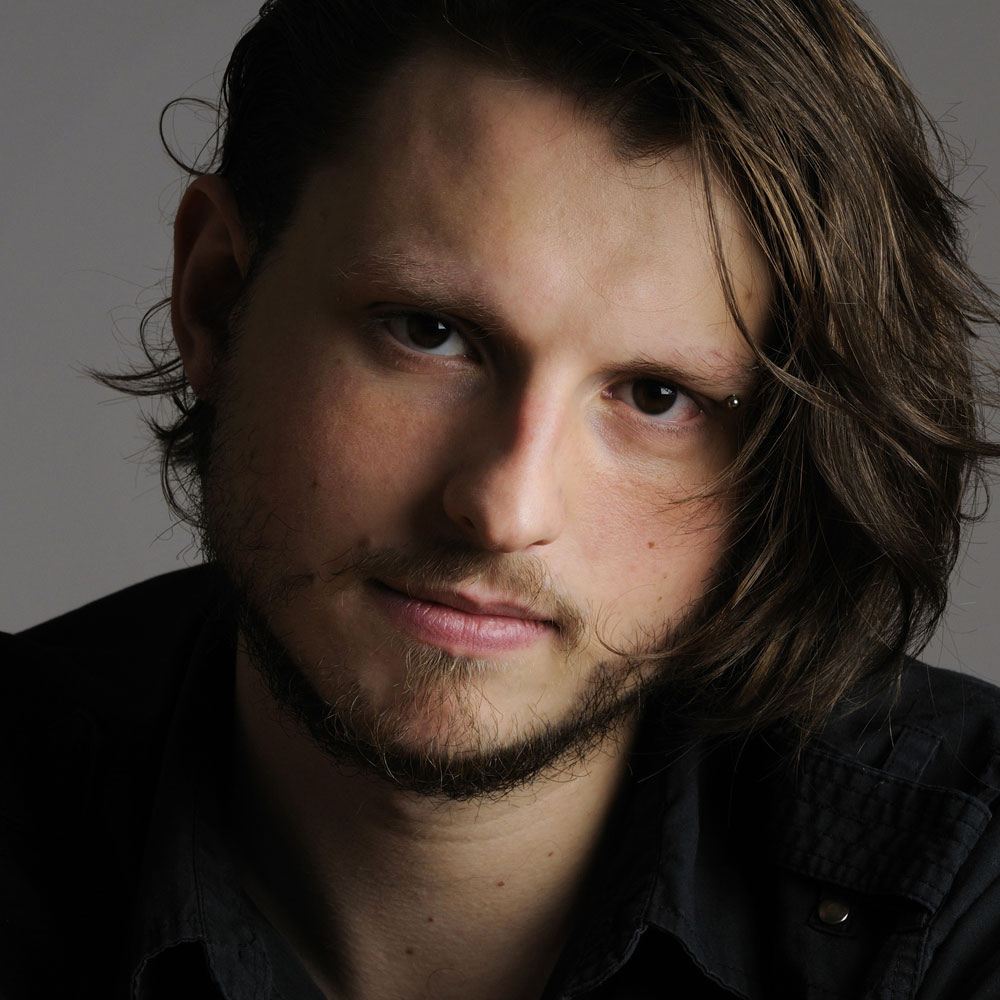
Composer
James O’Callaghan (b. 1988) is a composer and sound artist based in Montréal praised for his “mastery of materials and musical form” (Electromania, Radio France). His music has been described as “very personal... with its own colour anchored in the unpredictable” (Goethe- Institut). His work spans chamber, orchestral, live electronic and acousmatic idioms, audio installations, and site-specific performances. It often employs field recordings, amplified found objects, computer-assisted transcription of environmental sounds, and unique performance conditions.
Composers
©2024 Ravello Records. All rights reserved. Website by PARMA Recordings. | Privacy Policy
